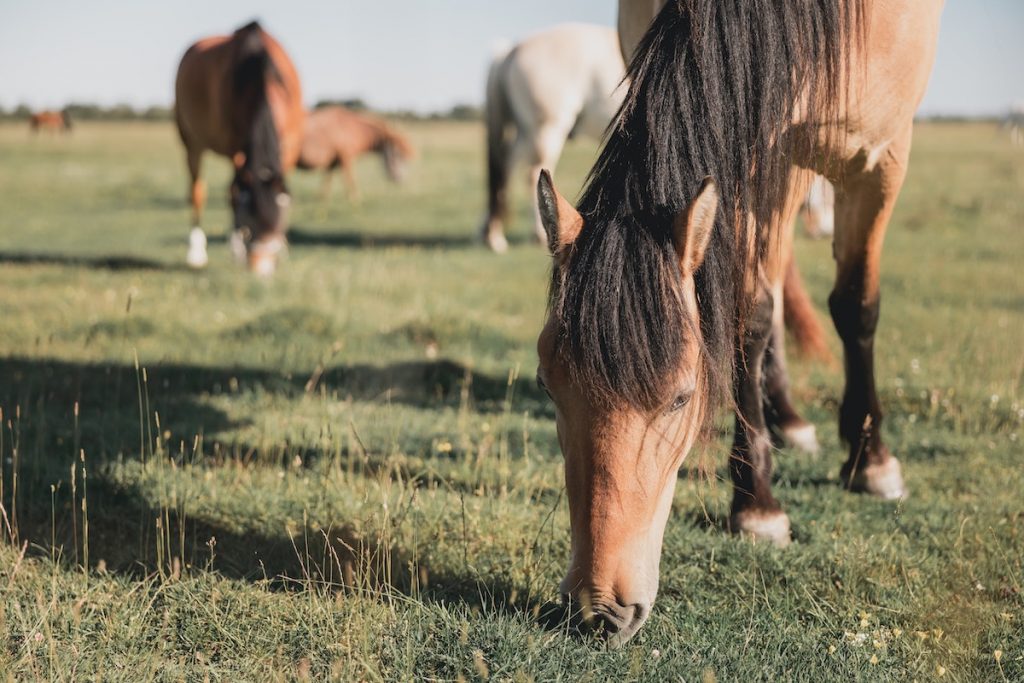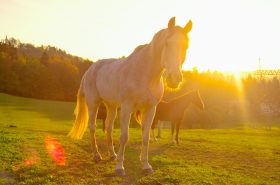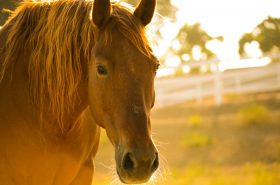After doing some research, I recently switched my two middle-aged mares over to a ration balancer, and I’m now wondering why I didn’t do this sooner!
If you aren’t familiar with them, ration balancers are a feed product formulated to provide the main nutrients a horse needs (protein, vitamins, and minerals), but without all the added calories or carbohydrates that many horses don’t need. Ration balancers are an ideal way to supplement a forage-based diet without any additional grains or concentrated feeds being necessary.
Because they are heavily fortified, you only need to feed a small amount of a ration balancer—usually between 1 and 2.2 lbs per day for the average horse.
Ration Balancers vs. Complete Feeds
It’s easy to get ration balancers and complete feeds confused since they both contain high levels of nutrients. However, the two products are very different. Complete feeds are designed to be fed as a horse’s sole food ration and are often used with older horses who cannot eat hay due to dental issues. A complete feed provides high levels of fiber and nutrition BUT only if fed at the recommended feeding rate, which is a large amount.
A ration balancer, on the other hand, provides all of the vitamins and minerals a horse needs (excluding salt) but is meant to be fed in small amounts. It is only a good option if your horse can eat plenty of grass or hay.

Which Horses Can Benefit from a Ration Balancer?
While ration balancers may not be the best choice for performance horses in hard work or any horse that has trouble holding weight (because they don’t provide enough additional calories), they are a great choice for many other horses including:
- Mature, idle horses;
- Horses in light to moderate work;
- Breeding stock;
- Young, growing horses;
- Overweight horses or those with metabolic issues; and
- “Hot” horses who can’t handle traditional commercial feeds.
As long as a horse is eating plenty of good-quality hay or pasture and maintaining their weight, a ration balancer can fill in any nutritional gaps that may be missing in the diet.
Types of Ration Balancers
Ration balancers come in two main formulas: 1.) those designed to be fed with grass hays and 2.) those designed to be fed with alfalfa or legume hays. Because these types of hay have different nutrient profiles, the two ration balancer formulas are designed to complement each diet accordingly.
If you feed (or have ever fed) a ration balancer, feel free to share about your experience in the comments!
Love this post? We think you will like 10 Fascinating Facts About Horse Digestion



